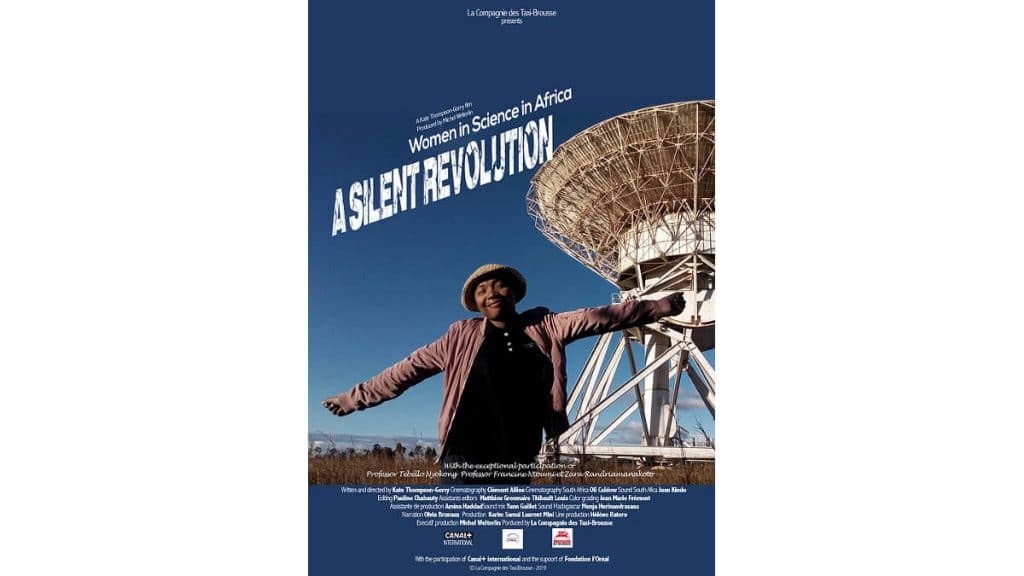A documentary film puts African women scientists on the front of the scene
The intriguing documentary by Kate Thompson-Gorry entitled Women in Science in Africa: A Silent Revolution shows young women in Africa that launching themselves into science is a possible and important challenge, even in a continent where many careers are still gender-related. The documentary was made in collaboration with Canal+ International and L’Oréal Foundation. Its presentation took place online (see below).
The documentary addresses the commitment of women to science in various African countries. The direct example of passion and fervor leading to important achievements of women in action is the most powerful source of inspiration for today’s young women.

Different fields of research
Women in Science in Africa: A Silent Revolution focuses on female scientists engaged in different fields of research, such as physics, mathematics, astrophysics, chemistry, immunology, engineering and technology. These women all have in common a wonderful tenacity inpursuing scientific goals and a strong bond within their continent. Their contributions to the development of the entire African continent are essential.
These brilliant and determined scientists overturn paradigms. They demonstrate not only that women are a real asset to science, but also that high-level scientific research can be conducted in Africa, attracting scientists from all over the world. In addition, the research carried out by these women responds to specific local needs and proposes answers to concrete problems.
A Nobel prize laureate
But who are these women?
To mention a few, Wangari Maathai, a biologist, is the founder of the Green Belt Movement and a Nobel Peace Prize laureate. The movement aims at empowerment of women, together with the fight against deforestation in Kenya through mass action in tree-planting.
Nano-chemistry to purify water
Kate Thompson-Gorry then interviews Tebello Nyokong, an energetic nano-chemist in South Africa who develops filters that purify river water in order to make it drinkable. Many young African women researchers are part of the international team that she directs.
African women are also active in the domain of health, as is the resolute immunologist Francine Ntoumi. She stands in the forefront in the fight against infectious diseases, including malaria, tuberculosis, HIV/AIDS and COVID-19, through direct interventions on the continent and cutting-edge research.
Capillary actions
These are described as “capillary actions”, indicating the widespread concrete actions taken in whole territories, including small villages and all levels of the population. Like the capillaries, the small blood vessels reach every part of the body, whereas the main arteries and veins will only reach the important organs.
Africa is the ideal context for research in many sectors, not least astronomy. The astrophysicist Zara Randriamanakoto is involved in the study of the cosmos using the Arivonimamo radio telescope in Madagascar, which is part of the Square Kilometre Array (SKA) network of radio telescopes.
Science education for African girls
This brilliant female scientist portrayed in the documentary is also aware that the future of science in her continent lies in future generations. For this reason, she is personally active in promoting scientific education among young African girls, knowing that nourishing the curiosity of children is a fundamental step towards development. Through the Ikala STEM association, Zara Randriamanakoto ignites the enthusiasm of many Malagasy girls for science, engineering, mathematics and technology.
With their energetic personalities and determination, the achievements of women in African science are a powerful source of inspiration and promote a change of mentalities in Africa and in the whole world.
Laura Strolin, Université de Genève, Switzerland
This article has first been published by the African Physics Newsletter – © American Physical Society.







